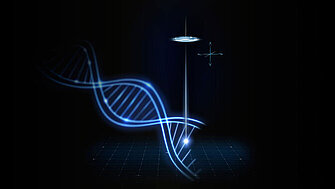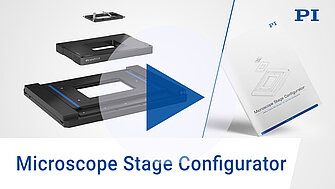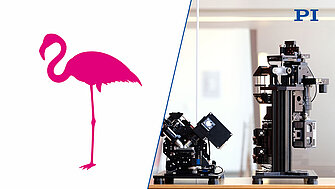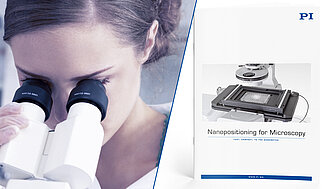The Solar Orbiter space probe begun its journey in February 2020. Also on board: A tip/tilt unit from PI for the secondary mirror of one of the central experiments, the Polarimetric and Helioseismic Imager (PHI).
Learn moreAuthor: Markus Wiederspahn
High Dynamic and Precision in All Three Directions in Space: Positioning Systems for Genome Sequencing
· Dr. Thomas Bocher· Markus Wiederspahn
The Sequencing-by-Synthesis method, also known as Solexa-Illumina-method, is the most widespread method among all Next-Generation-Sequencing methods (NGS). It was used to identify the RNA fingerprint of the SARS-COV2 virus in January 2020 in a research institute in Wuhan. Dynamic and precise motion and positioning systems are crucial for the "Sequencing-by-Synthesis" genome sequencing method.
Learn moreSystem Overview: Positioning Stages for Inverse Microscopy
Guide for the Perfect Combination of Positioning Stages, Z Stages, and Sample Holders
· Markus Wiederspahn
Positioning samples under the microscope is a complex task for which PI offers numerous products. In order to fulfill the demands placed on the positioning accuracy, travel ranges and velocities, stages that offer long travel ranges are often combined with fine positioning stages. Which systems fit together how, is shown in the system overview for inverse microscopes.
Learn moreFlamingo Light Sheet Microscopes Rely on Drives from PI
Precise Sample Positioning is Crucial for Conclusive Images
· Markus Wiederspahn· Dr. Thomas Bocher
Lightsheet microscopy (LSFM) is a powerful platform for in vivo imaging offering low phototoxicity and fast image acquisition. The Flamingo project from Professor Dr. Jan Huisken, Research Group Leader and Director of the Medical Engineering Department at Morgridge Institute for Research in Madison, WI, aims to make this technology easily available to researchers.
Learn morePrecision Positioning of Samples and Objectives
The Key to Successful Microscoping
· Markus Wiederspahn
Whether classical stereo microscopy, fluorescent, widefield or laser scanning microscopy, whether SEM, FIB-SEM, TEM, AFM or correlative microscopy - positioning samples and objectives with subnanometer precision is decisive for the quality of your results with all of these techniques. This fully clickable, new “Nanopositioning for Microscopy” brochure provides a comprehensive overview of objective scanners and sample stages with up to six degrees of motion freedom – illustrated by a variety of today’s microscopy techniques.
Learn more



